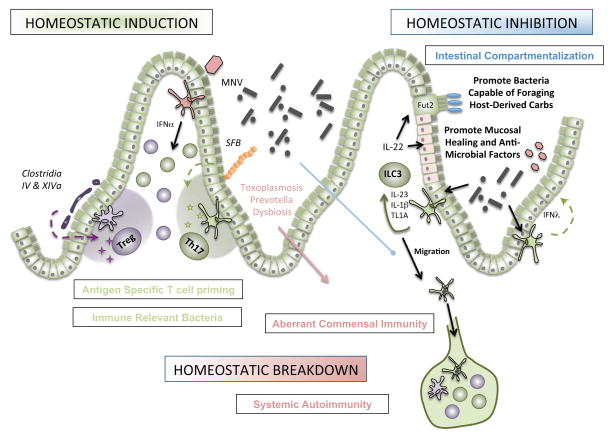Figure 1. Microbial Regulation of Immunity and Autoimmunity.
Homeostatic induction is maintained by sentinel microbes in which the barrier remains intact. Representative adherent microbes such as the mouse commensal segmented filamentous bacteria (SFB) tethers to the ileal mucosa and induces antigen-specific Th17 polarization. Similarly, key clostridial species promote the differentiation of induced Treg cells. Viruses, such as mouse norovirus (MNV), are sufficient to promote lymphocyte homeostasis in the lamina propria via an IFNα-dependent mechanism. Homeostatic inhibition is achieved by re-enforcing intestinal compartmentalization of microbes. Microbial activation of CX3CR1+ mononuclear phagocytes regulates group 3 innate lymphoid cells (ILC3) to produce the key cytokine IL-22 which promotes mucosal healing, anti-microbial peptide production, and modification of carbohydrates for bacteria. Homeostatic breakdown variably alters these mechanisms, resulting in trafficking of luminal microbes to mesenteric lymph nodes by CX3CR1+ MNPs, aberrant immunity to commensal microbiota, and subsequent systemic autoimmunity.

